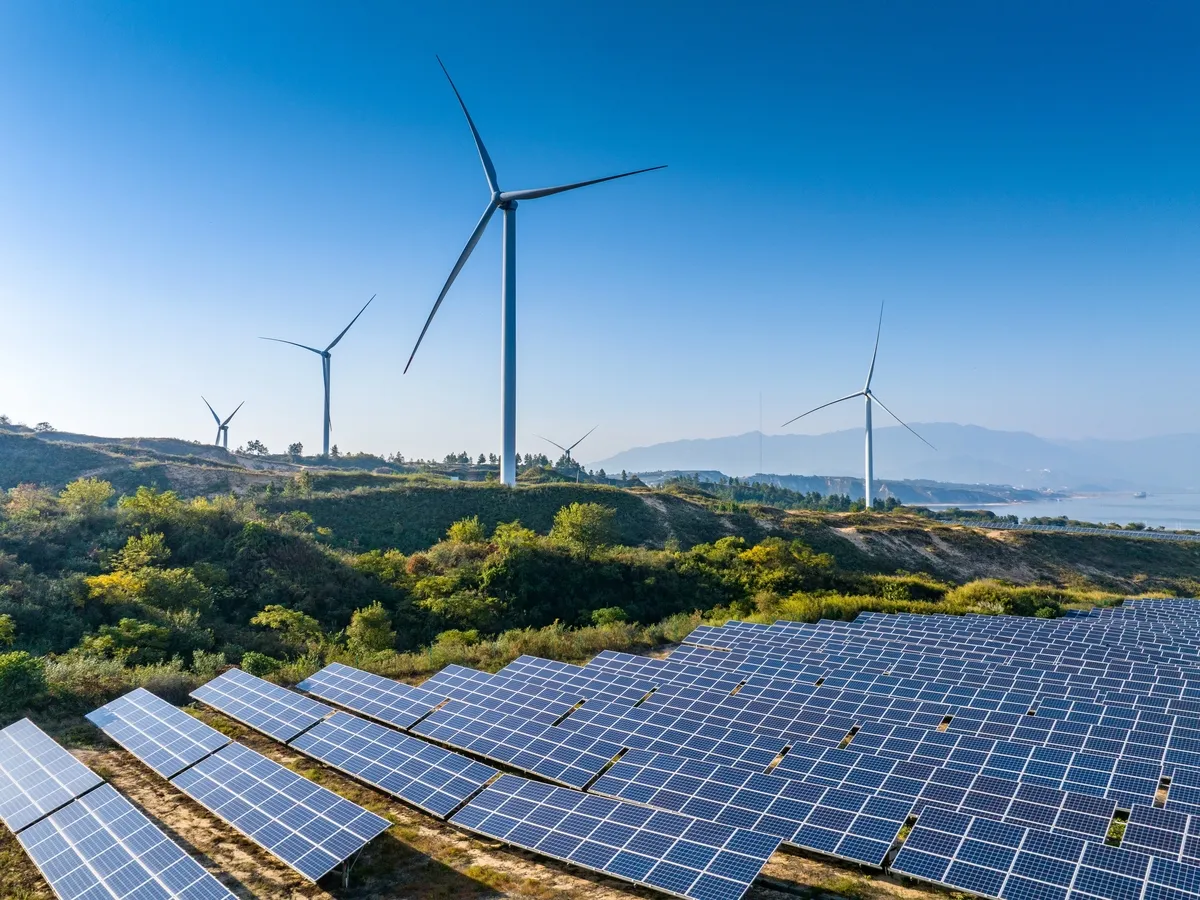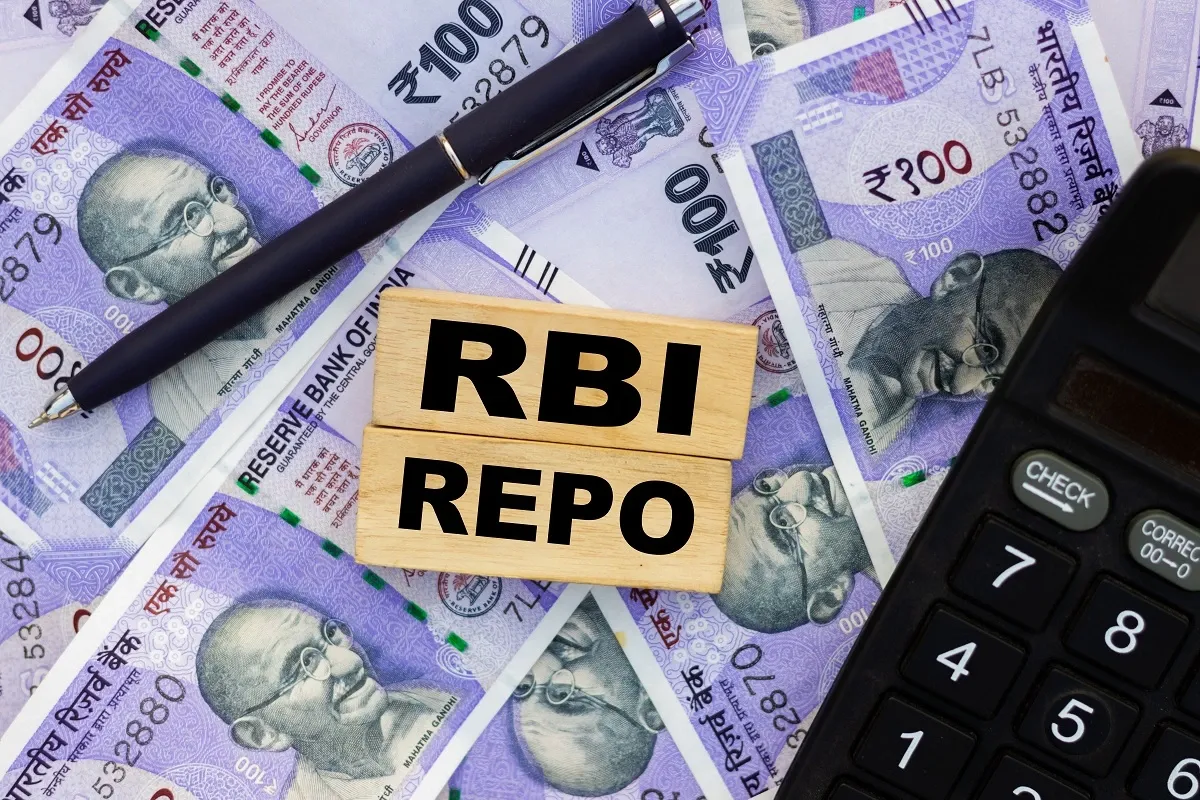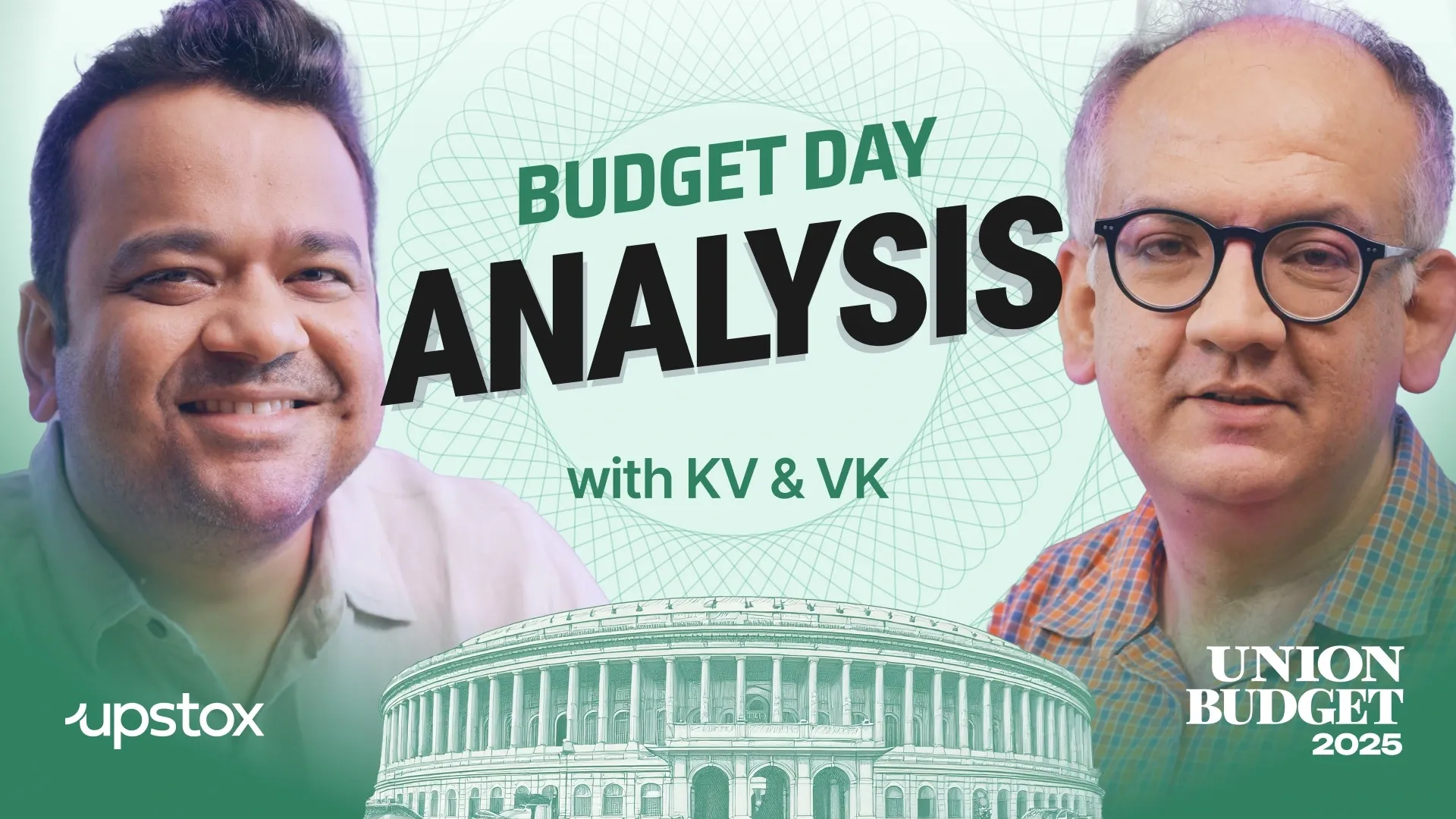Business News
Green investments in India to rise five-fold to ₹31 lakh crore by 2030: Crisil
.png)
2 min read | Updated on January 15, 2025, 20:00 IST
SUMMARY
An estimated $10 trillion investment is needed in the country through 2070 to achieve the Updated First Nationally Determined Contribution (NDC) under the Paris Agreement. Other NDC commitments include reducing the carbon intensity of the country’s GDP and increasing power generated from non-fossil-fuel-based energy sources.

The InfraInvex measures the investability or 'investment attractiveness' of select infrastructure sectors
Green investments in India will see a five-fold growth to ₹31 lakh crore by 2030, making a crucial part of nearly $10 trillion investments needed by 2070 to achieve India’s net-zero goals, rating agency Crisil said on Wednesday.
"Based on the plans announced by the government and corporates, and progress on the ground, we estimate ₹31 lakh crore of green investments through 2030," PTI quoted Crisil Ltd Managing Director & CEO Amish Mehta as saying.
"Accelerating grants and incentives, scaling up blended finance initiatives with multilateral, policy support and flexibility to drive initiatives for carbon market development and industrial decarbonisation are imperatives in the road ahead," he added.
India, among its Nationally Determined Contribution (NDC) commitments under the Paris Agreement, has also pledged to reduce the carbon intensity of its gross domestic product (GDP) by 2030 from 2005 levels by 45% and to increase the share of cumulative installed power capacity from non-fossil-fuel-based energy resources to 50%.
Crisil said that out of the ₹31 lakh crore investments, ₹19 lakh crore will be going into renewable energy and storage, while ₹4.1 lakh crore will be put towards the transport and automotive sectors, and ₹3.3 lakh crore into oil & gas.
However, the rating agency added that government grants and incentives will be essential in improving project viability for relatively high-risk projects such as green hydrogen, CCUS (carbon capture, utilisation and storage), energy storage and other emerging technologies.
Four power-linked sectors—renewables, conventional generation, transmission, and distribution—have done well in improving policy framework and investment opportunities, according to the latest Crisil Infrastructure Yearbook (Crisil InfraInvex).
The InfraInvex measures the investability or 'investment attractiveness' of select infrastructure sectors. It added that mining and the EV ecosystem saw some loss of investment attractiveness. The mining sector can benefit from a sharper focus on critical minerals, while the EV ecosystem awaits the next round of policy interventions.
Next Story


